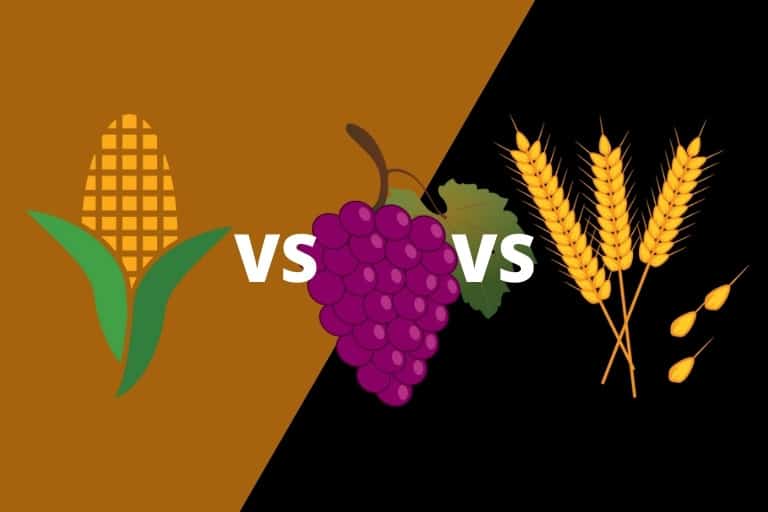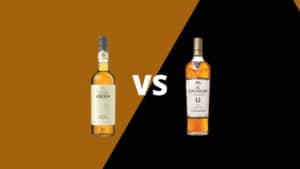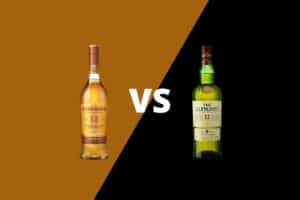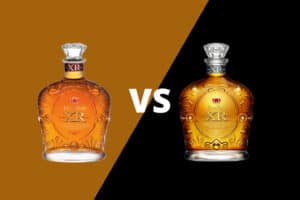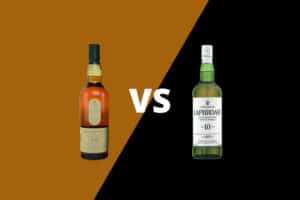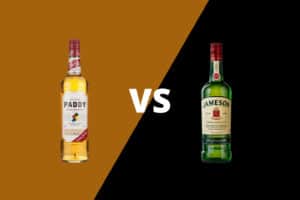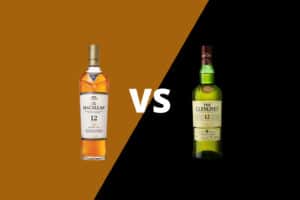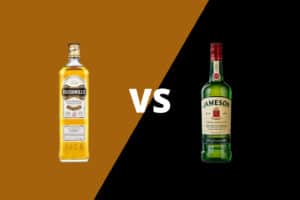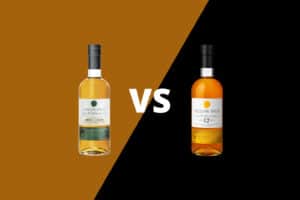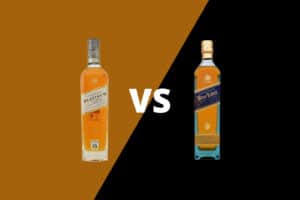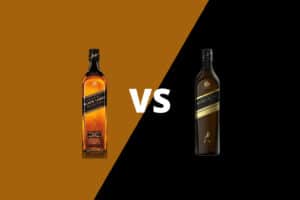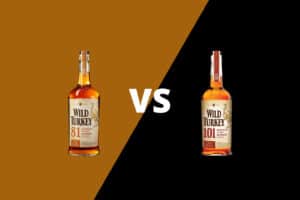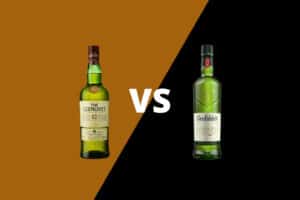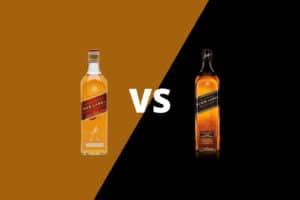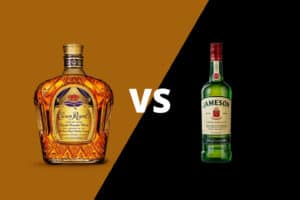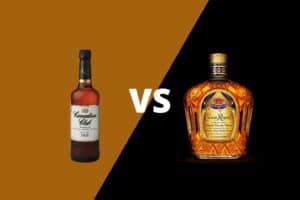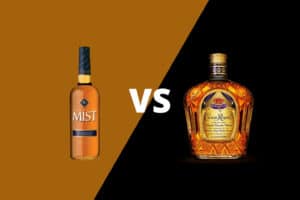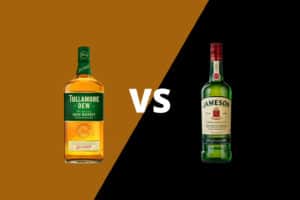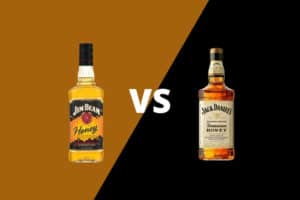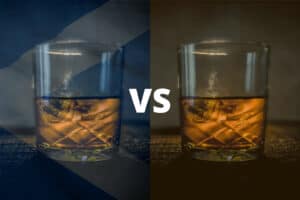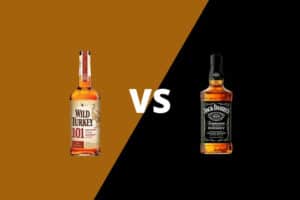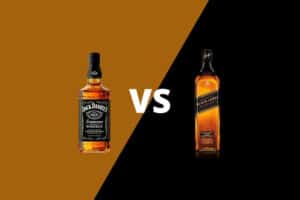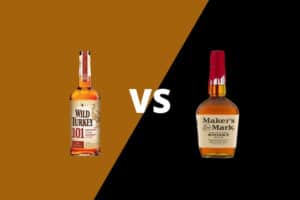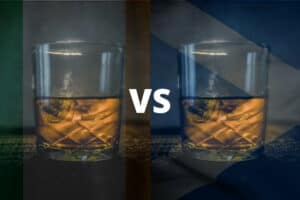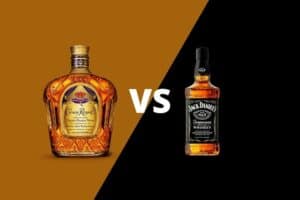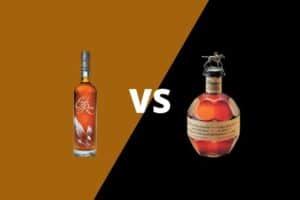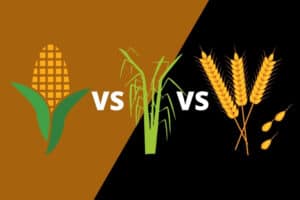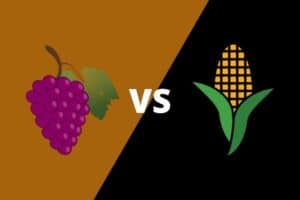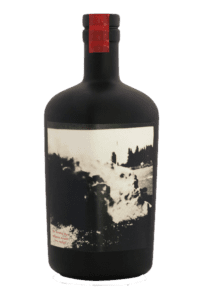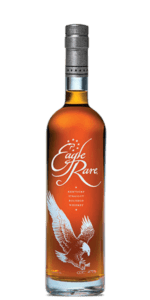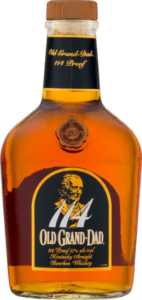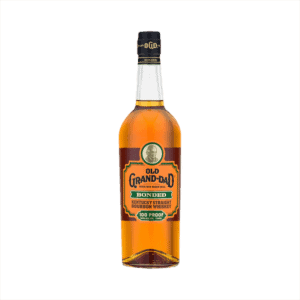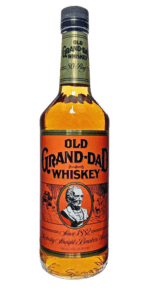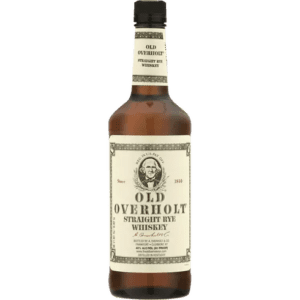So, you’re eying up that bottle of Hennessy, Rémy Martin or Courvoisier at your local liquor store or favorite bar. You might find yourself asking, ‘What’s inside that well-respected bottle — and how do I know whether the liquid inside is worth the price tag?’
On this site, we already talk a lot about whiskey. So in this post, we’ll focus on cognac.
We’ll take a look at the types of grape varieties, talk about alembic stills and the specific wooden casks used to make this historic spirit. Then, we’ll dive into the difference between cognac and other types of spirits — specifically, whiskeys including bourbon.
We’ve got a lot to cover, so let’s dive right in!
Table of Contents
First, is Cognac whiskey?
Hard no.
Brandies are made from grape or fruit wine. Whiskey is made from grain.
Cognac is a type of brandy. All cognacs are brandy, but not all brandies are cognac. Bourbon is a type of whiskey. All bourbons are whiskey, but not all whiskies are bourbon.
For more information, see our thorough Brandy vs. Bourbon breakdown.
What is Cognac? And what makes Cognac so special?
Cognac is a type of brandy. More specifically, it’s a type of brandy that can only be made in France. In fact, it can only be made in the Cognac region of southwestern France.
When it comes to rules and regulations for the production of alcoholic beverages, nobody in the world is as thorough as the French. The Appellation d’Origine Contrôlée — or AOC — is a set of standards set by the French government, through the governing body — Institut National de l’Origine et de la Qualité. These standards — often with centuries of tradition guiding them —influence what can be placed on the label for wine, cognac and wine and other beverages.
The next time you uncork a bottle of Bordeaux or Chablis wine, look for the AOC seal. All of the information on the label regarding the wine’s region, sub-region, commune, village or any other particular classification was vetted by the AOC.
Cognac must be produced from grapes grown within the Charente and Charente-Maritime departments of France, which surround the town of Cognac. There are six subdivisions: Boi Ordinaires, Borderies, Fins Bois, Bons Bois, Bois Ordinaires, Grand Champagne and Petite Champagne. The Grand Champagne and Petite Champagne districts are considered the highest quality, and the term ‘Fine Champagne’ on the label means that the grapes were grown there.
What grape makes Cognac?
Cognac is made using white wine grape varietals — the majority of which are Ugni Blanc. Secondary grapes are Folle Blanche and Colombard.
The region is known for its chalky soils, which create a wine low in alcohol, highly acidic and tastes lousy on its own. But when it is distilled into spirit, it takes on a life of its own.
History of Cognac
The AOC rules for cognac were first established in 1909 — but the history of the spirit is much older. In fact, among the possessions Napoleon Bonaparte brought with him during his exile on St. Helena in 1814 were crates of Courvoisier cognac.
The port at Bordeaux allowed fine cognac to become a high-end export centuries ago.
Cognac vs Whiskey vs Bourbon: How is it made?
Once the grapes have been crushed and fermented into wine, it’s time for the cognac maker to distill that wine into clear, unaged brandy or eau de vie.
A type of traditional pot still called an alembic is used to distill cognac. After double distillation, the clear spirit comes off the alembic still at about 120-proof, or 60 percent alcohol by volume. This is a much lower proof than a traditional second distillation during the bourbon-making process.
The seasonality of the distilling season is a reflection of the origins of cognac as a wine byproduct. As with all wine regions, the harvest season is the busiest time of year in the Cognac region. But following the harvest and crush, the distilling season kicks into effect. The season starts in November after the first wines have fermented, and producers only have until March 31 to distill all of the year’s wine into spirit. Regulators prevent the use of sulfites as a preservation agent, and the deadline ensures only fresh, bright and unaged wines are distilled into eau de vie spirit.
When considering differences in how cognac and whiskeys — including bourbon whiskey — are produced, the first thing that jumps out is the grape versus grain comparison. Whiskey is made from fermented grains — think of a flat, hop-less beer — while cognac is made from white wine grapes. Bourbon, in particular, is made with at least 51 percent corn.
Another difference is the stills. Cognac must be made on alembic pot stills, while whiskey can be made on any type of still. Some whiskey — like single malt scotch — must be made on copper pot stills, but bourbon can and most often is made on column stills.
What does Cognac taste like?
Many of the flavors associated with cognac are already familiar to bourbon aficionados. That’s thanks to the use of oak barrels during the maturation processes of both spirits.
Vanilla, cinnamon, leather and coffee notes are often attributed to both products and most often come from chemical reactions between the distilled spirits and wooden staves.
However, cognac has many fruit flavors that come about from using wine as the source material for distillation. These flavors and aromas include dried apricots, lychee, orange zest, peach and plum. In addition, floral notes like lilac rose, orange blossom and violet are often used to describe cognac’s signature flavor.
Does Cognac add sugar?
Hard no.
Cognac makers cannot add sugar during any step in the process. That includes during fermentation when grapes are crushed and yeast is pitched. Any sugars that made it through the distillation process would be in trace amounts and likely imperceptible to the human tongue.
If you perceive the cognac in your glass as sweet, it’s most likely a trick being played on your mind.
Molecules in the distilled spirit may interact with wood during maturation to create flavor compounds that could be described as ‘sweet.’ If your tongue perceives sweetness when tasting a glass of cognac, these flavor compounds are most likely the source. And the viscous mouthfeel is often due to long maturation in the barrel and the loss of alcohol during the maturation process.
Cognac vs Whiskey vs Bourbon: Maturation Process
When people ask, ‘Why is cognac so expensive?’ a big part of the answer lies in how it is painstakingly matured.
By tradition, cognac is matured in new oak casks for one year before it is transferred to older wood containers. However, in 2018 the AOC loosened the regulations, allowing for more types of barrels, including the finishing casks used in scotch and increasingly in bourbon whiskeys. In addition, some products — like Hennessy Pure White Cognac — are placed directly into used barrels for a much paler product than the traditional cognac.
Cognac casks are made from French oak — most often Limousin oak, but oak from Alliers or Tronçais are also allowed. Limousin oak has a tighter grain structure than American oak, which dramatically impacts the maturing spirit. And unlike bourbon, these barrels are un-charred — they are either toasted or open-air cured.
After the spirit is placed into French oak barrels, they go into cellars to mature.
As a result of the micro-climate environment within these earthen cellars, cognac loses alcoholic strength as it matures. So, each year the spirit in the cask has a lower ABV than the previous year. Eventually, old casks reach 80-proof, or 40 percent ABV — the legal minimum at which cognac can be bottled. At this point, the spirit is transferred into glass demijohns to prevent the ABV from going any lower. These legacy cognacs are used to give depth to overall blends.
There are numerous labeling terms for cognac that are regulated by the AOC. A breakdown can be found in the chart in the following section.
By contrast, whiskey can be matured in any wooden barrel. Bourbon whiskey must be aged in new American charred oak barrels. In Kentucky bourbon country — where over 90 percent of America’s bourbon production occurs — environmental conditions and the use of coarser American oak barrels lead to the spirit most often gaining strength as it matures in the barrel. Straight Bourbon whiskey must be aged for at least two years in new charred American oak barrels.
Cognac vs Whiskey vs Bourbon: Where are they made?
While brandy can be made anywhere, cognac is a specific type of brandy from France. The production methods for cognac are strictly defined by the AOC. This extends to where it can be produced — a strictly defined region near Bordeaux that centers around the town of Cognac, France.
Whiskey can be made anywhere in the world. Types of whiskey include bourbon, Irish whiskey, scotch blended and single malt whiskies, Japanese whiskies and many more. Each of these reflects the country in which it is produced.
Bourbon is a specific type of whiskey that must be produced in the United States.
Cognac vs Whiskey vs Bourbon: Key Differences.
Please check out the table below for a breakdown of key differences between cognac, whiskey and bourbon.
| Type | Fermentable Mash | Type of Still | Region | Type of Wood Cask | Maturation Requirements |
|---|---|---|---|---|---|
| Cognac | White wine made from Ugni Blanc, Folle Blanc and/or Columbard grapes | Alembic pot still | Charente Region, France | French oak: Limosin, Alliers, Tronçais | See table below |
| Whiskey | Any combination of cereal grains | Any type of still | Planet Earth | Wood cask | Wood cask |
| Bourbon | Cereal grains with 51% corn content | Any type of still | U.S.A. | New American charred oak | No minimum. Straight bourbon is aged for at least two years |
Maturation Requirements: Cognac vs Whiskey vs Bourbon
| Wood Requirement | Regulated Label Terms | |
| Cognac | 1 year in new French oak, then transferred to older casks | V.S. — aka 3 Stars – Min. 2 years in oak. V.S.O.P — aka Réserve – Min. 4 years in oak. Napoléon – Min. 10 years in oak. 1 X.O. – Min. 10 years in oak. Extra – Min. 10 years in oak. 2 Vielle Réserve – Min 10 years in oak. 3 Hors d’Âge – Min. 10 years in oak. 4 |
| Whiskey | Any oak container | No minimum |
| Bourbon | New American charred oak | Straight Bourbon – Min. 2 years; under 4 years requires an age statement. |
1 Technically, this is the same requirement as X.O., but this is traditionally an introductory X.O. product.
2 Technically, this is the same as X.O., but traditionally this is a higher-end, more mature product than X.O. or Napoléon.
3 Technically, this is the same as X.O., but traditionally this is an older, higher-end product than Napoléon, X.O or Extra.
4 Technically, this is the same as X.O., but traditionally this is an older, higher-end product than Napoléon, X.O, Extra or Vielle Réserve.
Which is Better — Cognac or Whiskey?
We don’t think so.
If you’ve made it this far in this post, you should know that the answer is as nuanced as the raw materials that make up each product. It’s a matter of opinion and your preferred flavor profile.
Even those living in Bourbon County, Kentucky, will admit that a finely aged Vielle Réserve cognac is a more high-end product than a bargain bin bottle of bourbon. And even the most snobbish Parisian connoisseur will admit that a glass of Pappy Van Winkle 25 Year Reserve is a much more refined spirit than an unaged cognac eaux de vie.
Having many of the barrel flavors in common, it’s up to you to decide how to rank each finished product on your list of favorites!

